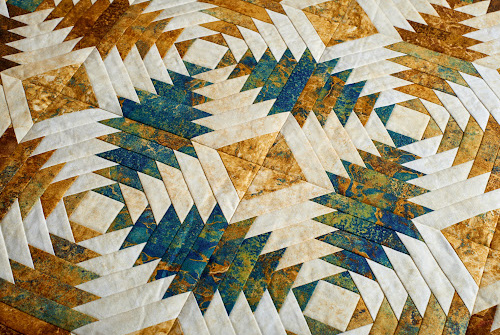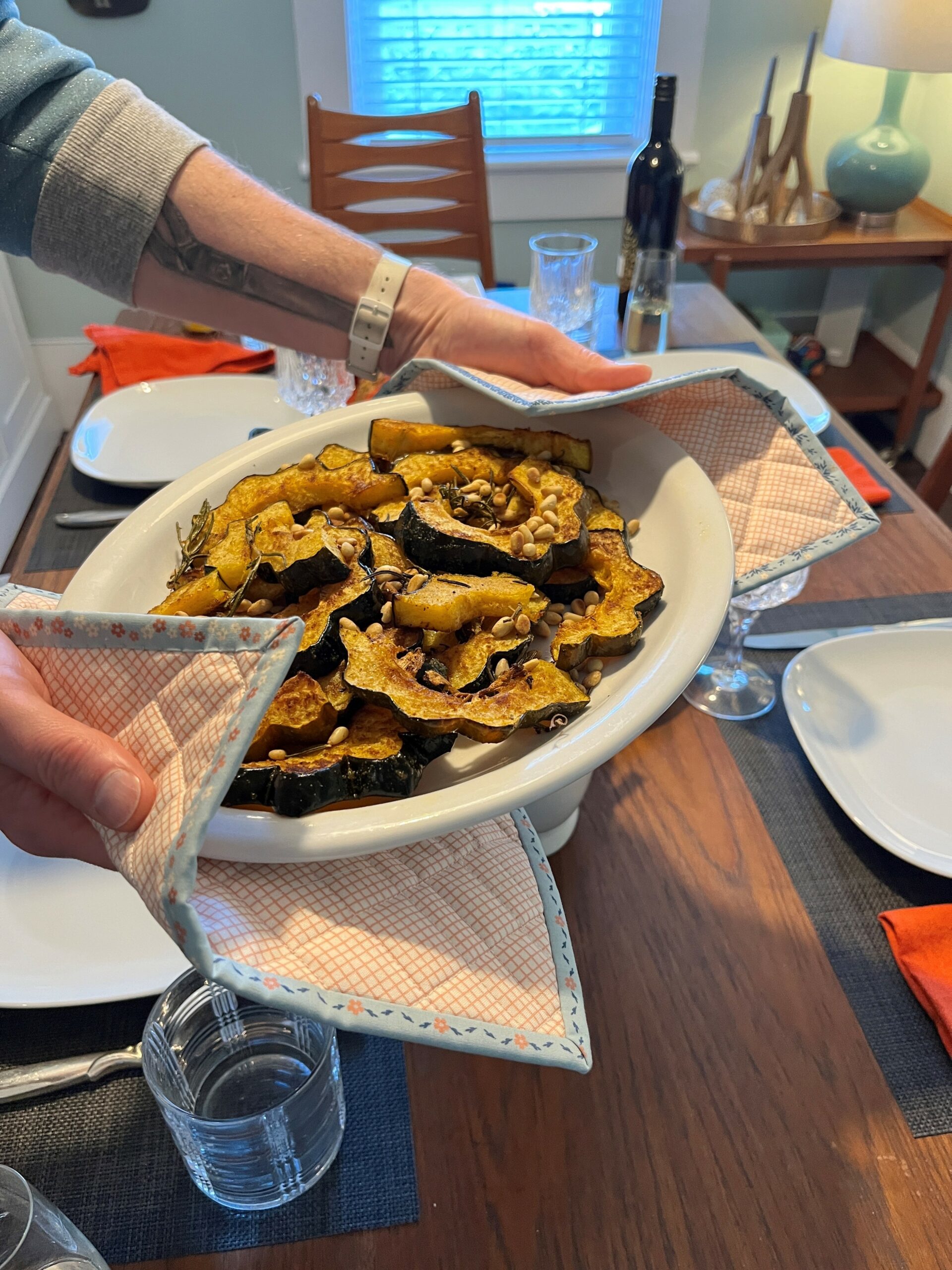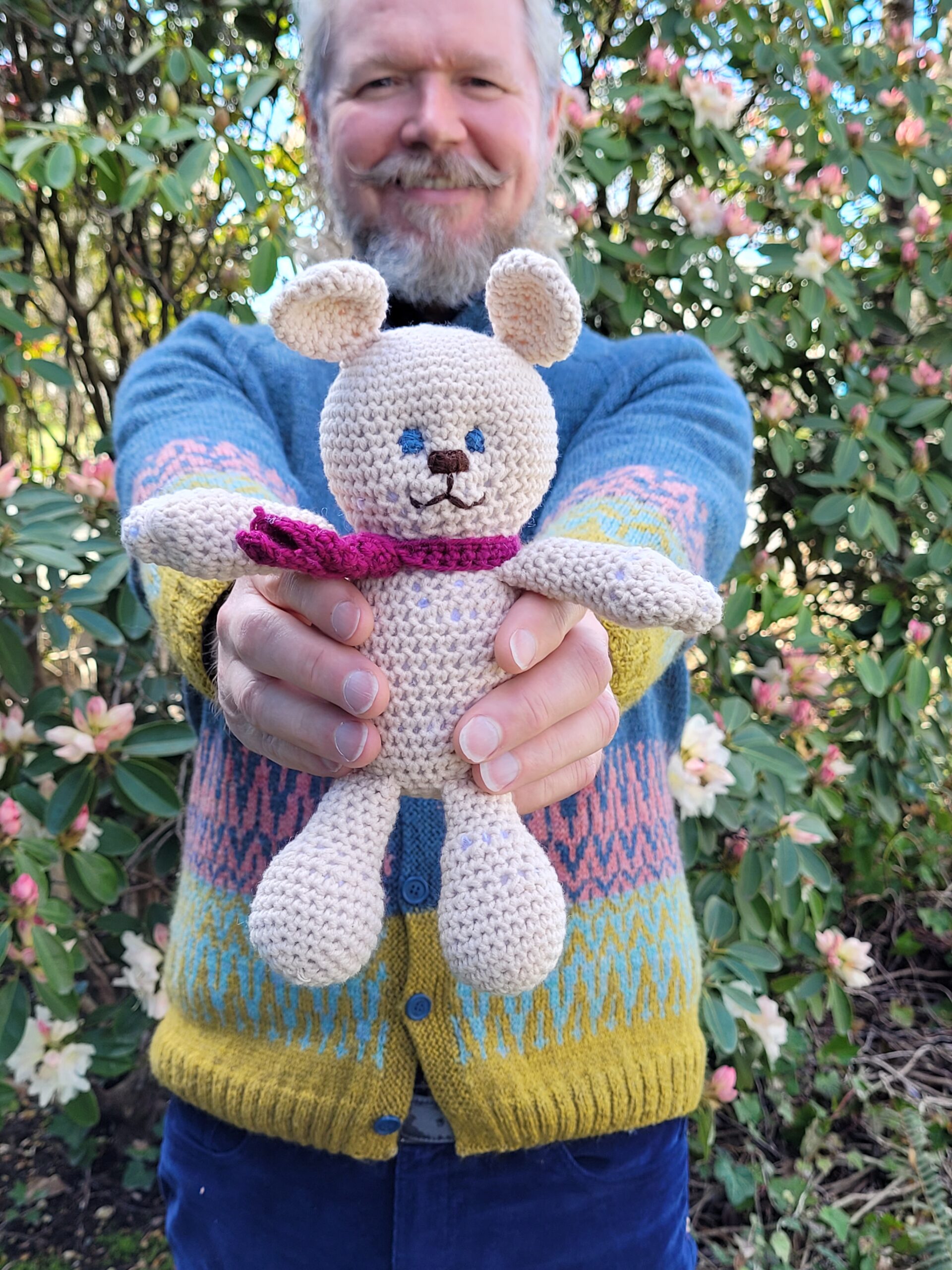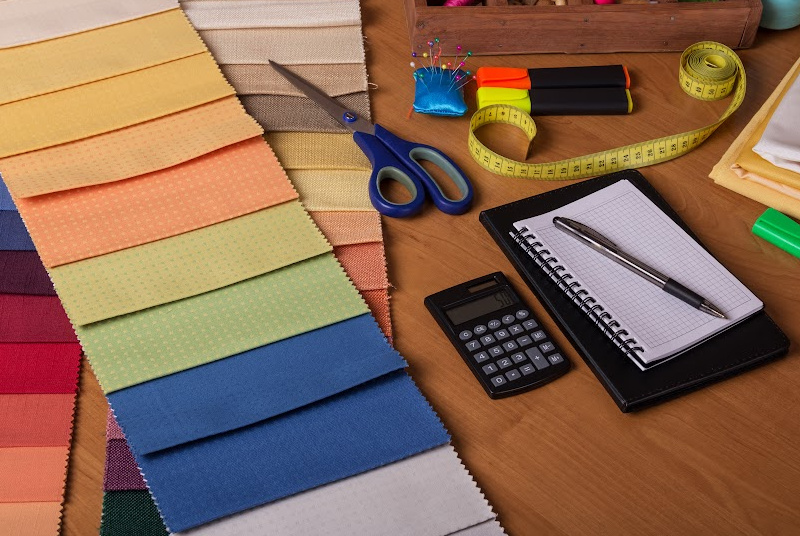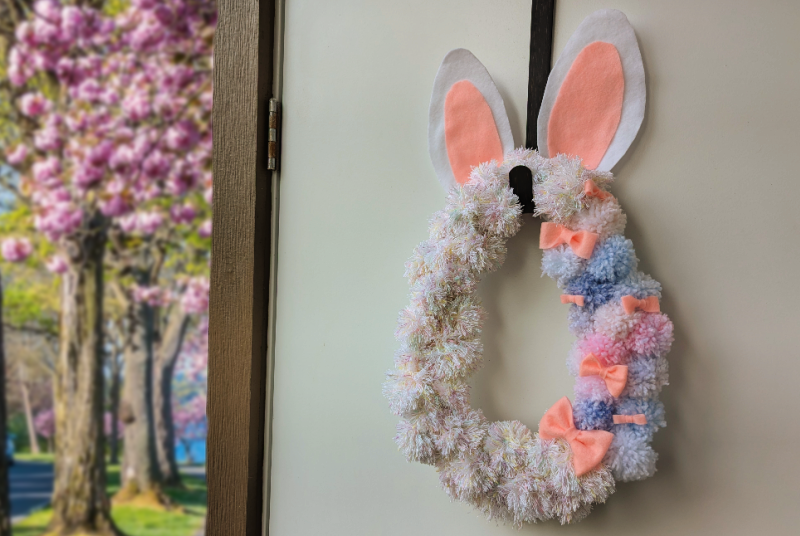Are you a new quilting? Want to get started on bigger and better projects? We outline some important stitching skills needed to up your Quilt game!
Some of the basic stitches you’ll need to know when you start quilting.
When beginning your journey into becoming a quilting master, first you must understand the important components of quilt stitching techniques. By understanding and perfecting your stitching, you will be able to sew through multiple layers of fabric all while creating a quilt that will last a lifetime.
Quilts are made up of three layers: the top, the back, and the batting. All those pieces are held together by some kind of binding along the side, as well as quilt stitching that goes through all three layers of the quilt. Each quilt stitch is important and can be achieved by machine, by hand, or both.
- Straight-stitch is the first technique you should learn when beginning your quilting project. Straight lines can be stitched in all directions (vertical, horizontal, diagonal) and can be layered in a crosshatch, squares, or diamonds. With straight-stitching a quilt, your machine should be set to a longer stitch length. Straight-stitch quilting is done best when a walking foot has been installed on your machine – this specialty foot puts a set of feed dogs on top of your fabric in addition to the ones already in your machine below your fabric.
- Blind stitch is a method of joining two pieces of fabric so that the stitch thread is invisible, or nearly invisible. Although a blind stitch can be nearly invisible, you should still choose a thread color that blends in well into the fabric and nearly disappears. There are several techniques for creating a blind stitch by hand. A common technique used to create a hem, or “blind hem”, hides the stitches on both sides of the garment. The sewer catches only a few threads of the fabric each time the needle is pulled through the fabric. Other techniques hide the stitch within the folds of the fabric, so that the thread is only visible when the folded material is pulled away. A slipstitch or catch stitch can also be used to create a blind stitch.
- Running stitch is easy to learn but quite difficult to do consistently across a full quilt top. The basic stitch used is the running stitch, which makes even stitches on both the front and the back of the work. Using the running stitch means there will be spaces in your stitching line. Many quilters do a hand-backstitch to make a solid stitching line.
- The blanket stitch is a stitch used to reinforce the edge of thick materials. Depending on circumstances, it may also be called a whipstitch or a crochet stitch, which usually means it’s done by hand. This stitch can be both an application by hand as well as a machine-sewn stitch.
- The easiest way to hand-stitch a quilt top is known as stitch-in-the-ditch. This simply means that you stitch on the same stitching lines that form the pattern in the quilt top. Alternatively, stitch-in-the-ditch is a method of quilting that minimizes how much thread is shown on the top of the quilt. It is usually achieved by machine (or hand) quilting in the seam lines of a quilt. Some quilters prefer to stitch 1/8″ or 1/4″ away from the seam lines, and may refer to that look as outline quilting. Even though stitching-in-the-ditch is somewhat invisible on the top of the quilt, it does secure all three layers of the quilt. Quilters often use a monofilament thread (a very fine invisible thread) when stitching-in-the-ditch.

